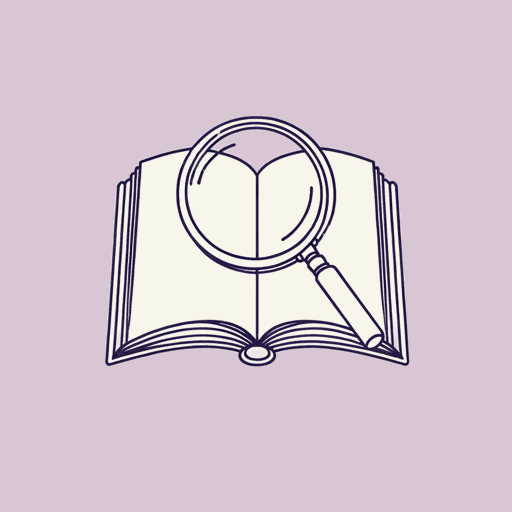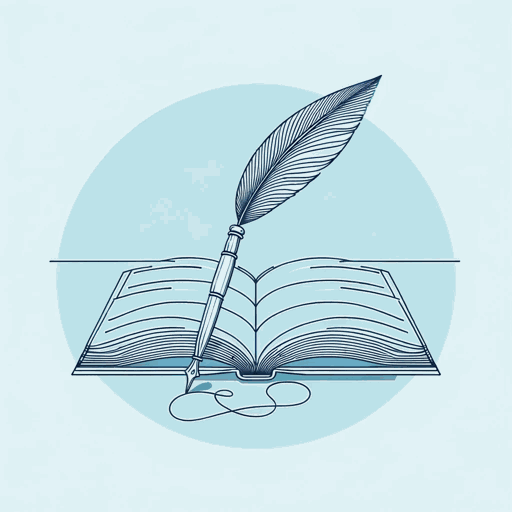39 pages • 1 hour read
Thomas C. FosterHow to Read Literature Like a Professor: A Lively and Entertaining Guide to Reading Between the Lines
Nonfiction | Reference/Text Book | Adult | Published in 2003A modern alternative to SparkNotes and CliffsNotes, SuperSummary offers high-quality Study Guides with detailed chapter summaries and analysis of major themes, characters, and more.
Chapter 16-InterludeChapter Summaries & Analyses
Chapter 16 Summary: “It’s All About Sex…”
Sexual symbols abound in literature, especially since the advent of Freud’s theories in the early 20th century. Freud stressed that sexual yearnings were often disguised in dreams and the subconscious. Foster explains, however, that sexual symbols existed long before this. Myths involving knights and their exploits have sexual overtones, with lances and chalices serving as phallic symbols. Such symbols and indirect references were the only ways to refer to sex for centuries, as sex was a heavily censored topic. As the 20th century progressed, censorship began to crumble. D. H. Lawrence was one of the first authors to plumb this new freedom, so his work is full of sexual references.
Chapter 17 Summary: “…Except Sex”
Following up on the previous chapter, Foster writes, “[t]he further truth is that even when they write about sex, they’re really writing about something else” (152). John Fowles, for example, has a famous sex scene in his novel The French Lieutenant’s Woman that speaks to novel’s themes of individualism and freedom from conformity. Two other novels famous (or infamous) for their sexual content are Anthony Burgess’s A Clockwork Orange and Vladimir Nabokov’s Lolita. Each, Foster argues, uses sex more as a vehicle to explore other themes.
Related Titles
By Thomas C. Foster


